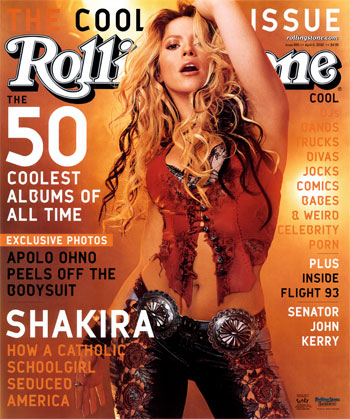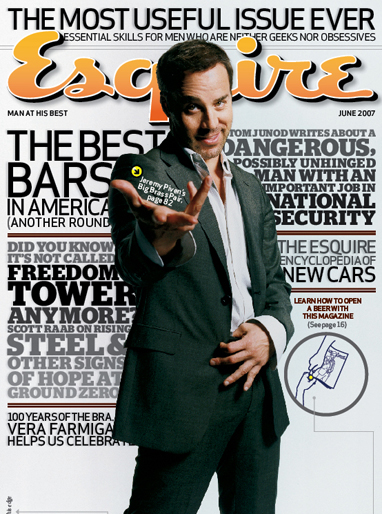
not a bikini, but you get the drift …
I was having a beer with a friend who works for a well known consumer technology company and we were talking about how having a bikini clad female on the front cover of a Philippine publication can be a deal breaker or a deal maker for some advertisers. Obviously, for magazines like FHM and MAXIM, the statutory bikini girl is already calloused to us. But for other publications that draw the line between geek and sexy (i.e. certain technology and men’s titles), do you really need to have a bikini clad girl on the cover?
Some advertisers have a reputation to protect and will pull out their ads on magazines that dare to include photos of bikini or underwear-clad women (note that this does not include “sexy” shots of women fully clothed). So this friend tells me of certain instances when they had to pull out of some magazines that went “sexy” — even if it was just for one issue.
I have two questions now:
1. Is this HARSH?
2. If you were an EIC, would you risk an attractive bikini clad female to grace your cover in hopes that sales go up in stall purchases, with the opportunity cost of letting one advertiser go, forever?
